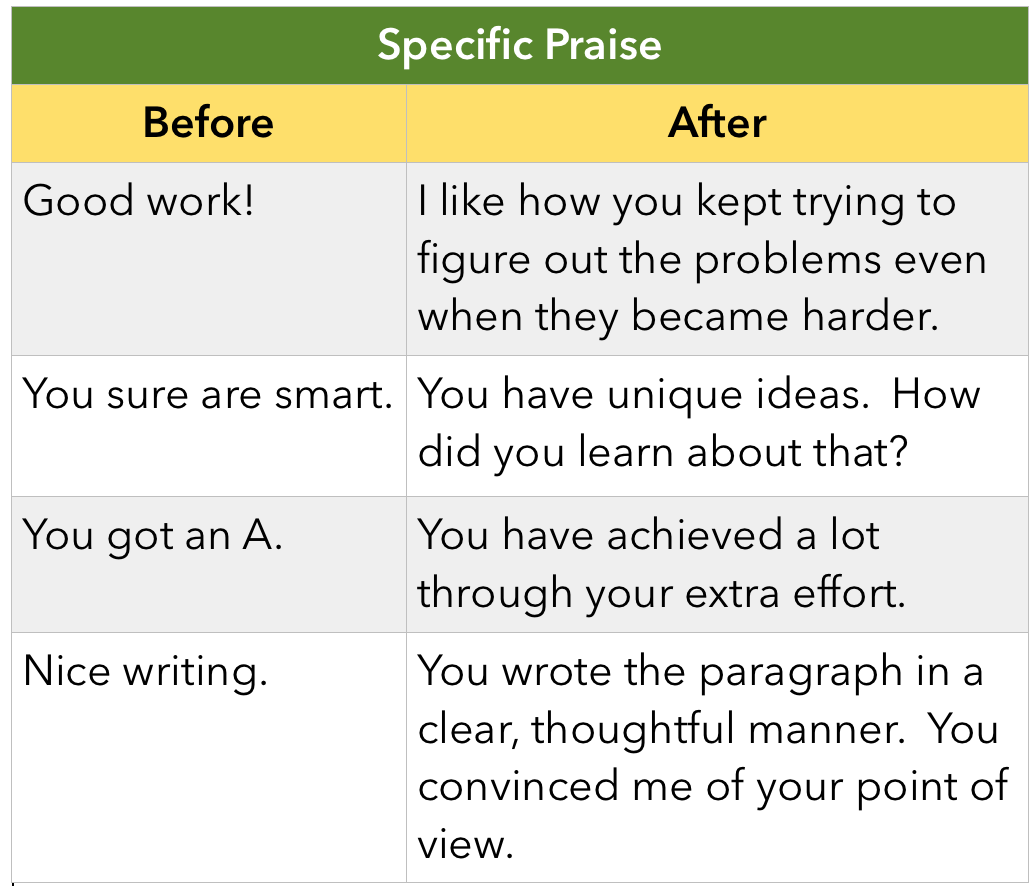Keeping learning alive and classroom management in tact through the end of the school year is, of course, our number one priority as educators in the spring.
Six important end-of-the-year considerations outside of classroom duties:
Though the protocol is slightly different in each school, the following are items to be aware of as you wrap up the year. Ask your mentor, team leader or department head how you can assist with this task.
- Book Inventory – Check to see what books need to be counted.
- Cleaning – Wipe down countertops, desks and chairs, then stack the furniture as the custodian directs.
- Summer Building Schedule - Ask for the summer building schedule and when/if you will have access to your room.
- Grades- Check to see if the last quarter grades are dealt with differently.
- Student Files– Find out what needs to be filed.
- Checklist - You may have already received a "year-end checklist" from your office. If not, it will be coming soon. Start completing an item a day to ease the stress of the last week. You'll be glad you did.
Don't hesitate to ask for help and clarification. Knowing the information beforehand can help you prepare well and avoid potentially frustrating and time-consuming surprises.
The last day of contract: ZIP up your bags and ZOOM home.



